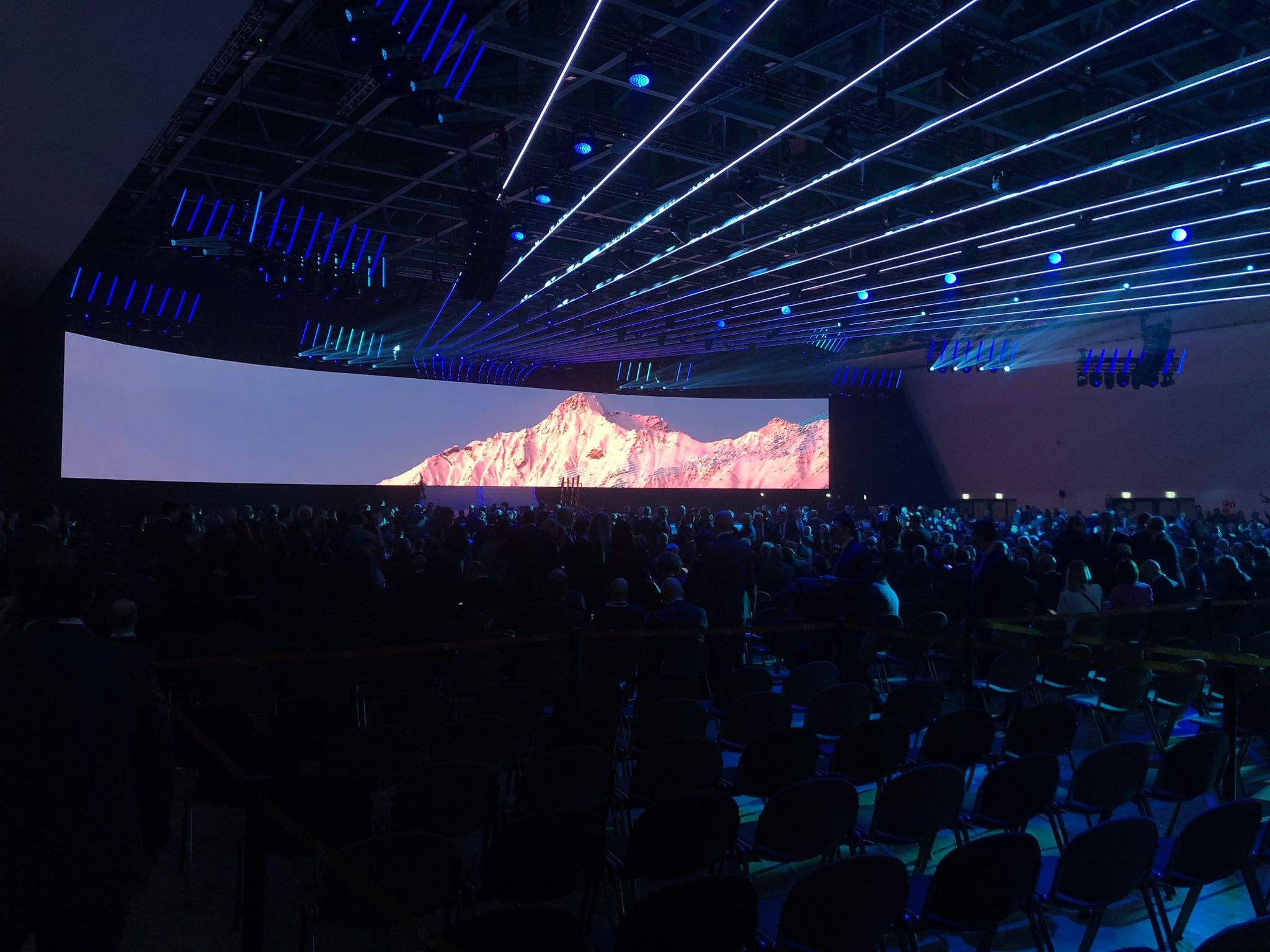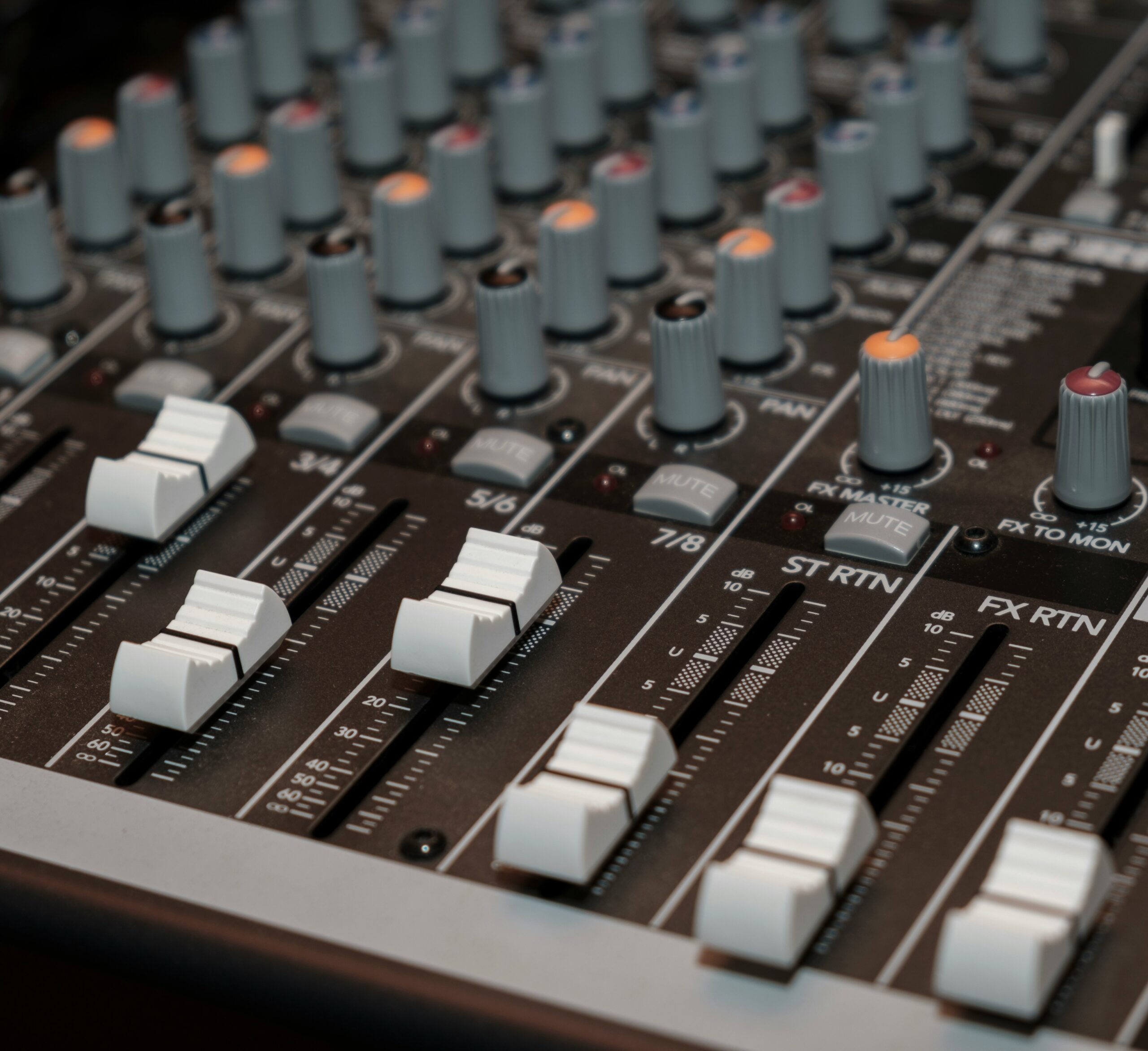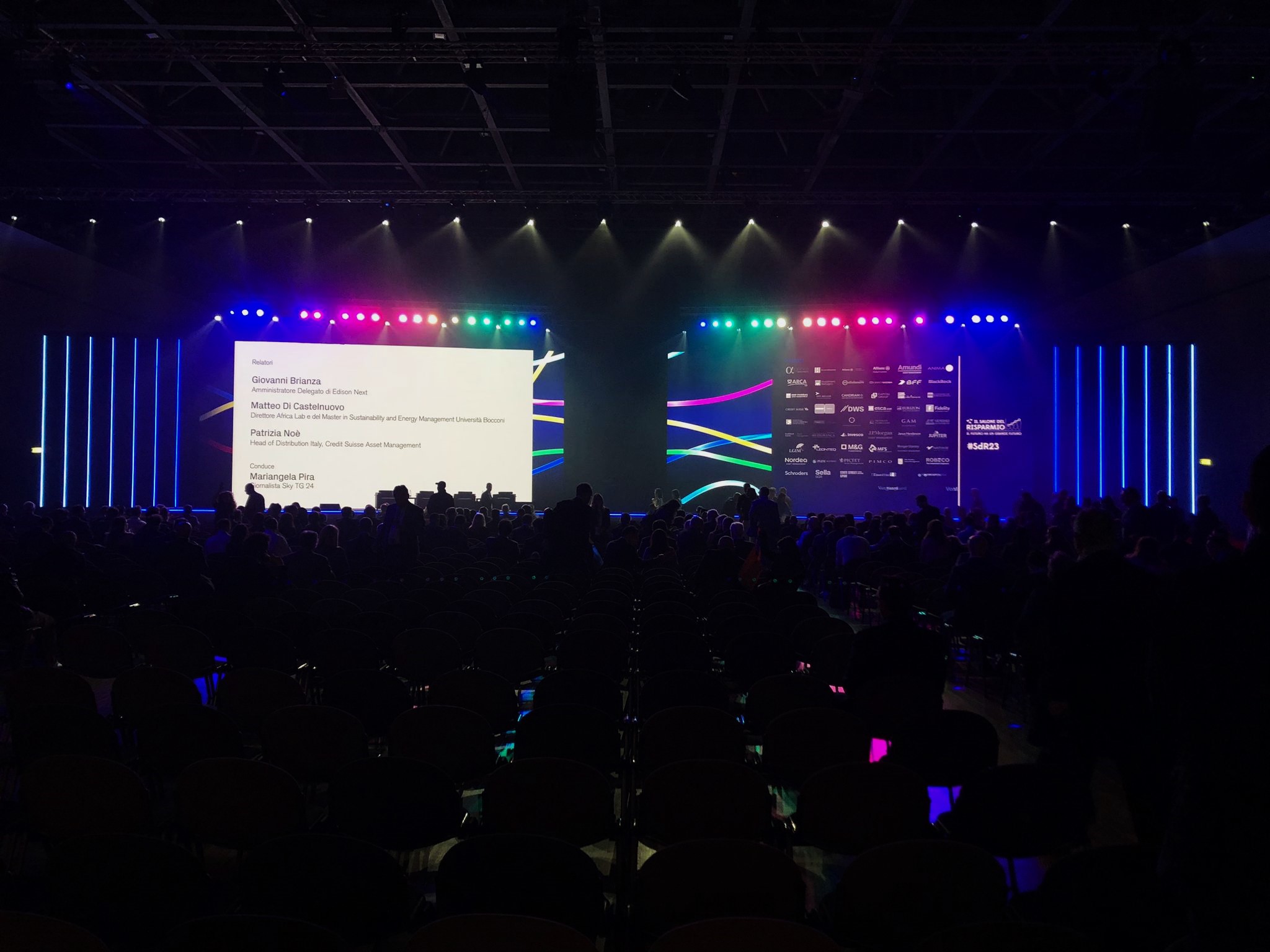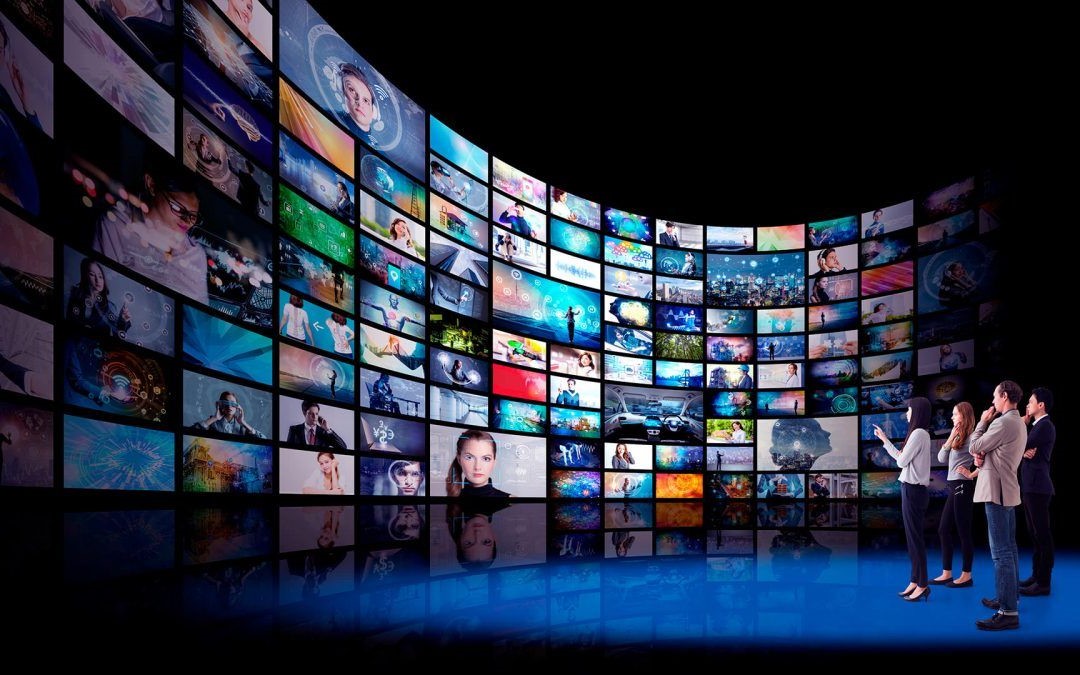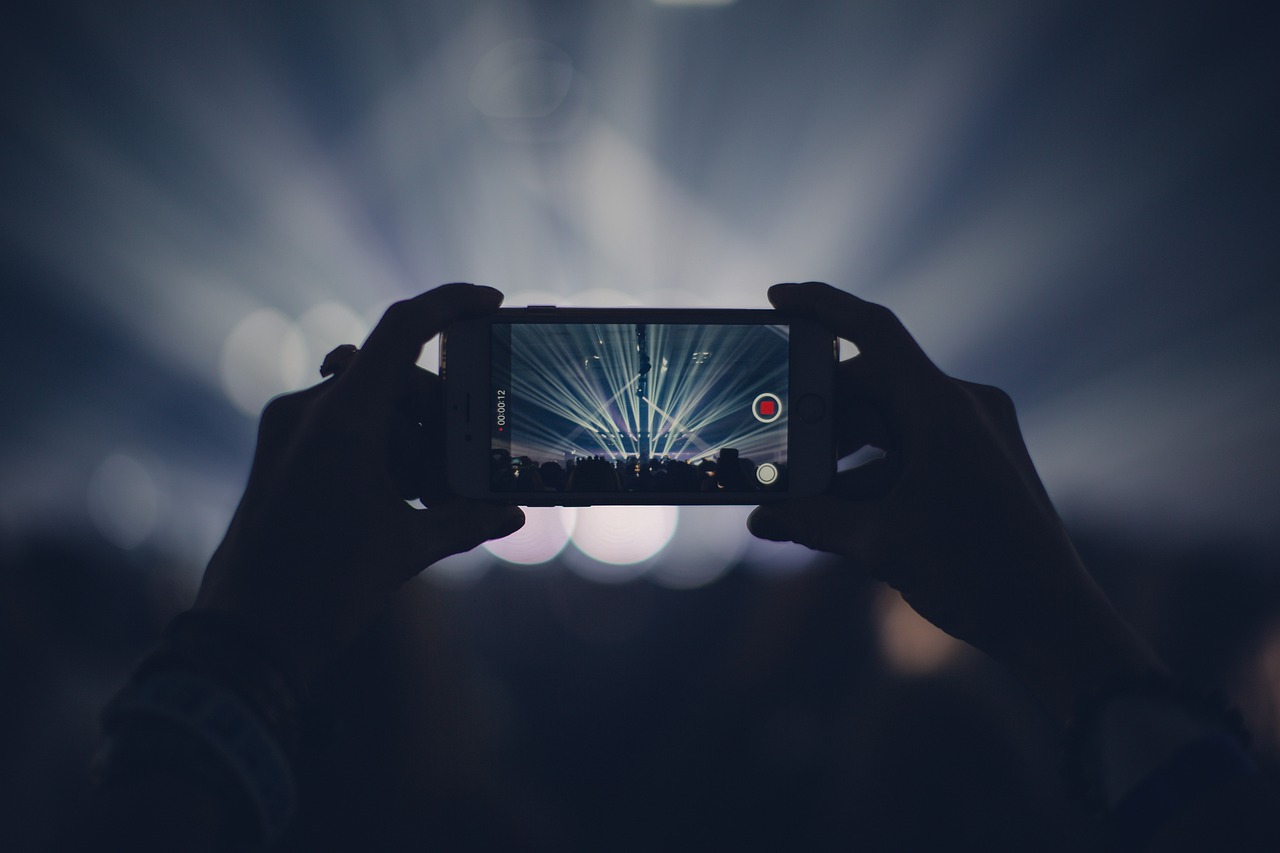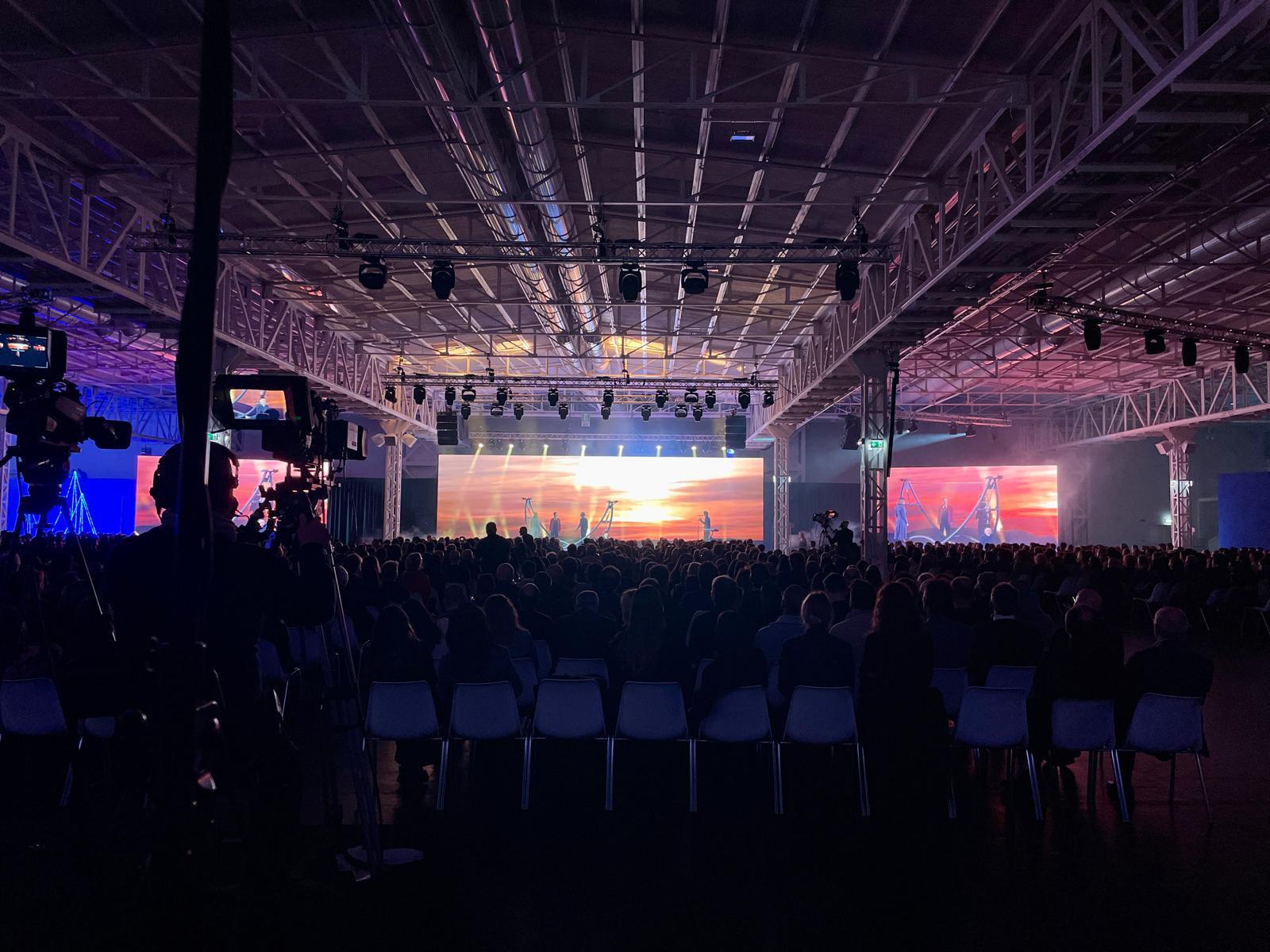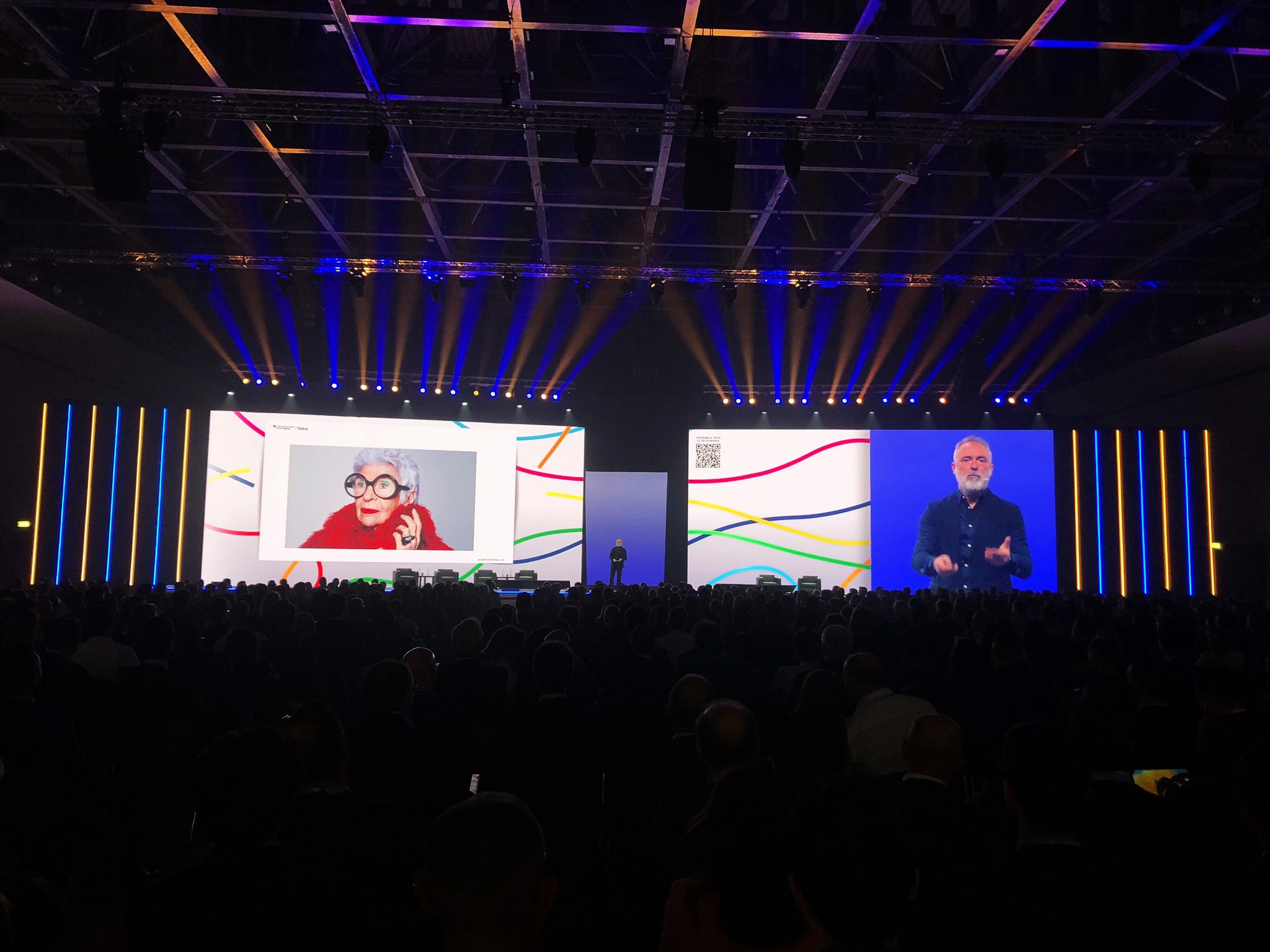If you are reading this article, you have probably always had doubts about what the Ledwall Refresh Rate is, why it is so important and you want to know more.
How many times have you tried to record a video played by an LED screen with a smartphone, only to find those annoying lines that prevent you from recording the video correctly?
Lately, customers often ask us about the Refresh Rate of LED screens because most of them have shooting needs, XR virtual photography, etc.
Here then comes the problem of the difference between a high refresh rate and a low refresh rate.
Refresh rate and frame rate: the differences
Refresh rates can easily be confused with video frame rates (FPS- frames per second or frames per second of video).
This is because the Refresh Rate and the frame rate are very similar concepts: they both indicate the number of times a static image is displayed per second.
The difference, however, is that the refresh rate is related to the video signal or display, while the frame rate is related to the content itself.
The refresh rate of an LED display is the number of times per second that the display hardware calls up data: this measurement is different from the frame rate, in that the refresh rate of LED displays involves the repetition of drawing identical frames, while the frame rate measures how often a video source can provide an entire frame of new data to a display.
The frame rate of a video is typically 24, 25, or 30 frames per second, and as long as it is higher than 24 frames per second, it is generally considered smooth by the human eye.
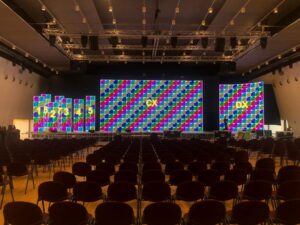
So, what does refresh rate mean?
Refresh Rate can be divided into vertical refresh rate and horizontal refresh rate.
Screen refresh rate is the number of times the LED display redraws the image per second and is measured in Hertz, usually abbreviated as “Hz”: a screen refresh rate of 1920 Hz, for example, means that the image is updated 1920 times in one second.
Difference between High and Low Refresh Rate
The more times the screen is refreshed, the smoother the images are in terms of rendering motion and reducing flickering.
What you see on the LED wall is actually more static images, while the movement you see is due to the LED display being constantly refreshed, giving the illusion of natural movement.
A higher screen refresh rate ensures high-quality images and smooth video playback, helping you better communicate your messages and products to your target users and impress them.
On the contrary, if the refresh rate of the display is low, the image transmission of the LED display becomes unnatural: this is why a low Refresh Rate of the LedWall tends to make users visually tired and leave a bad impression of the image of your company and your brand.
In conclusion…
If you want to use a Ledwall for commercial and professional purposes, video presentations, broadcasts or virtual shootings, it is always better to choose a LED screen that offers a high refresh rate of the screen and that synchronizes with the frame rate recorded by the camera, if you want to get high-quality images from the screen, because in this way the image will appear clear and perfect.
With the continuous innovations in display technology and the adoption of new creative techniques, it can be expected that their impact on the entertainment industry will continue to grow in the coming years: turn to DHS Event Solution, always attentive to the innovations of the technological landscape, for the best scenic and visual solution for your events!


